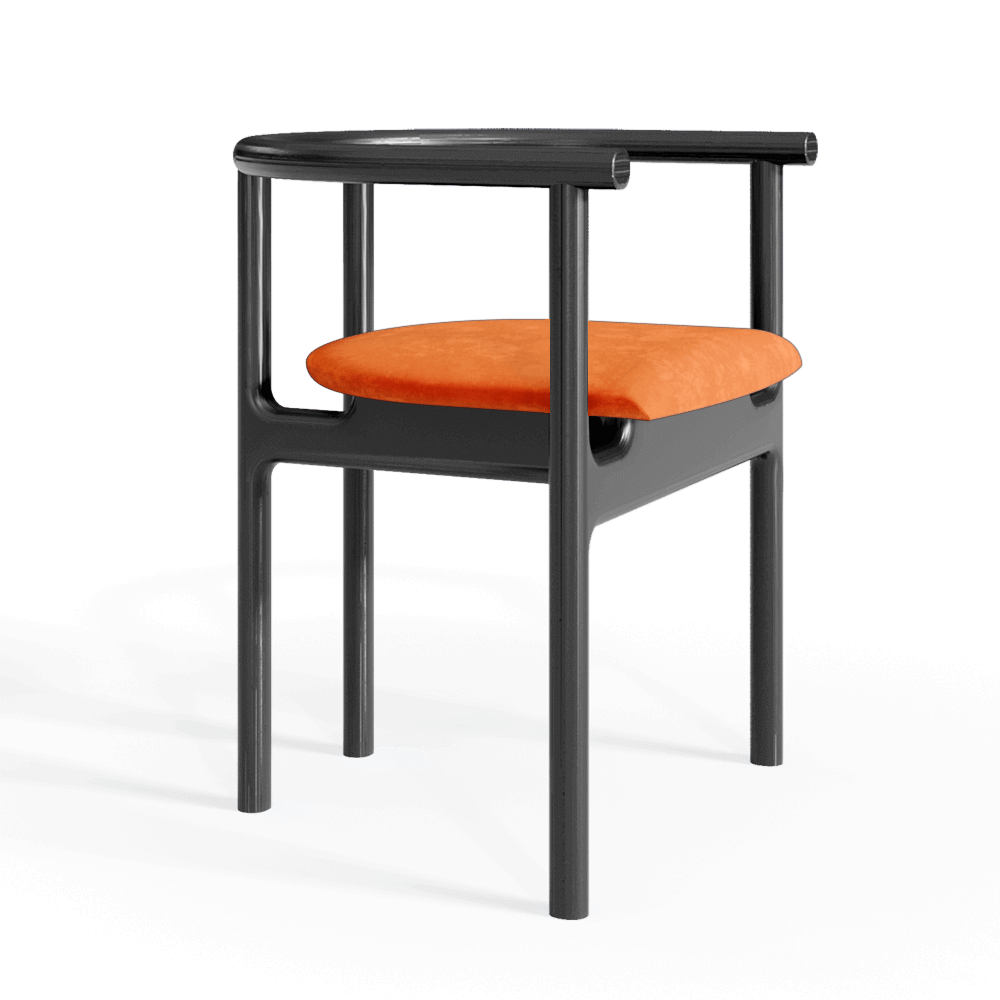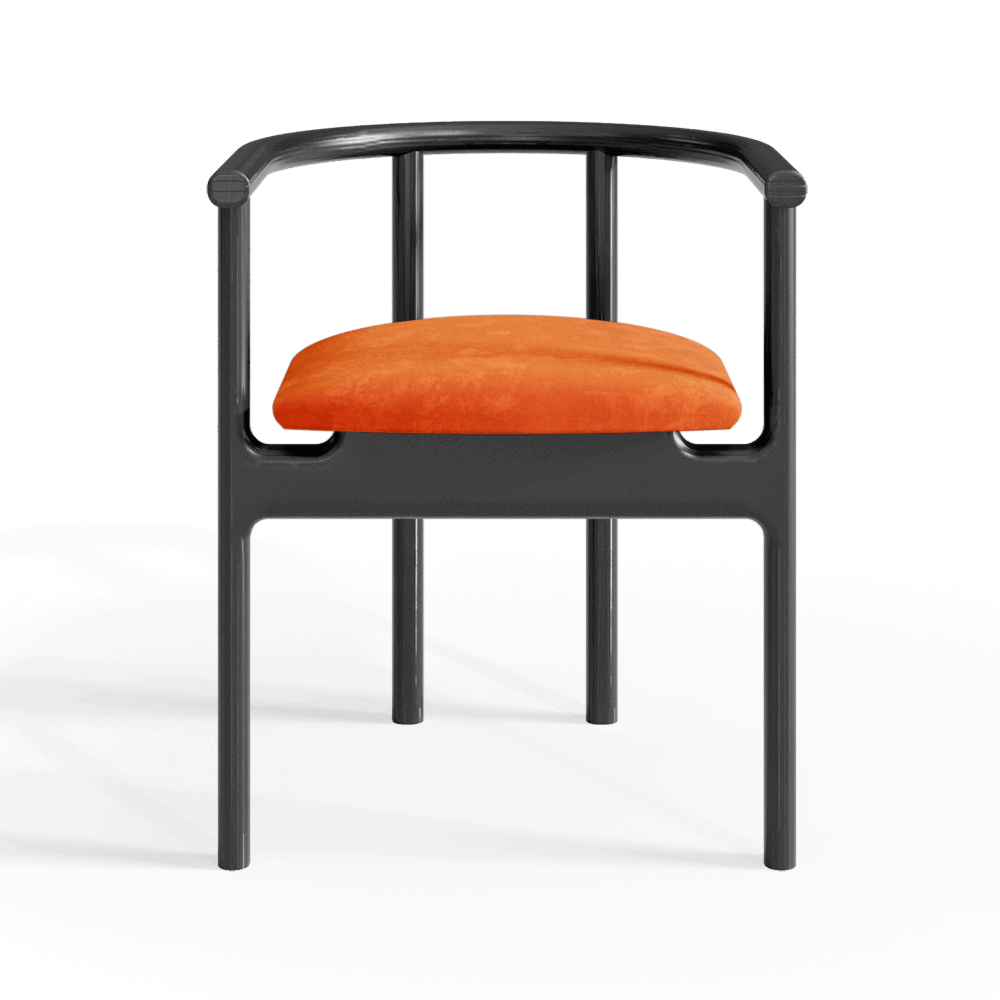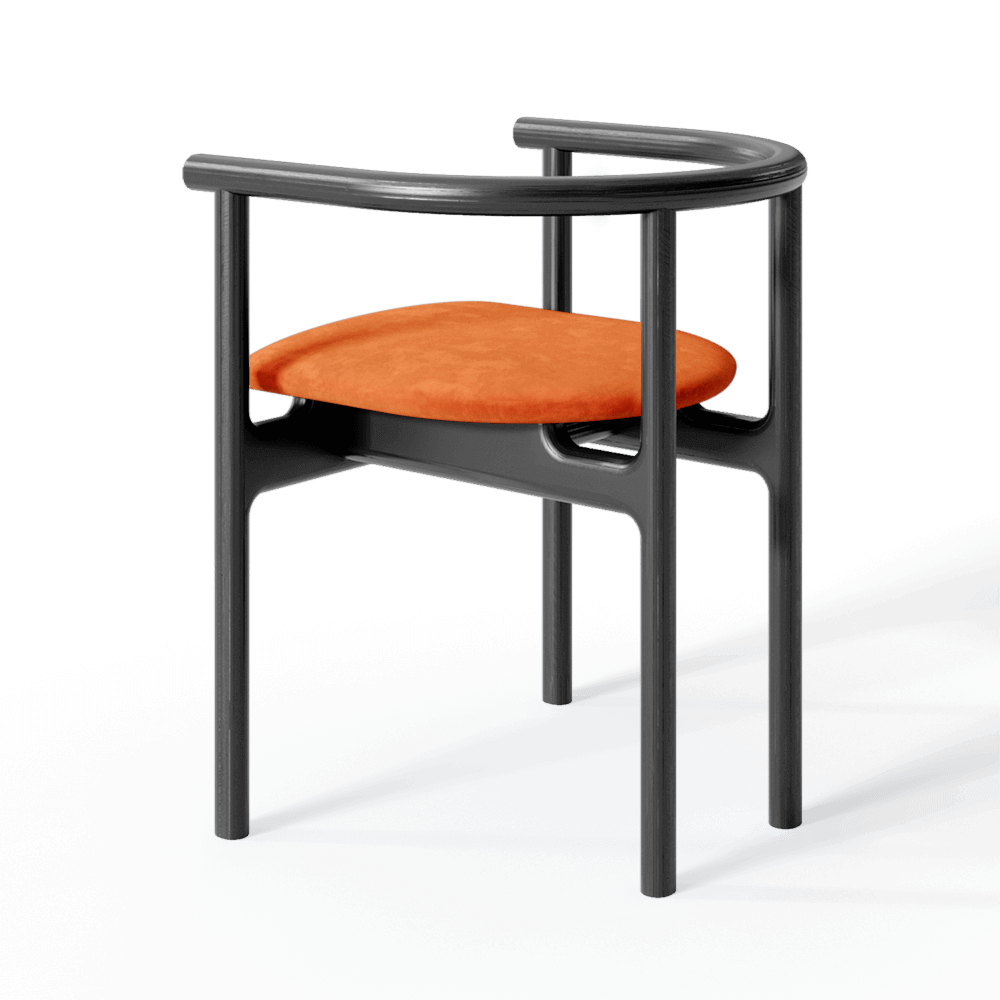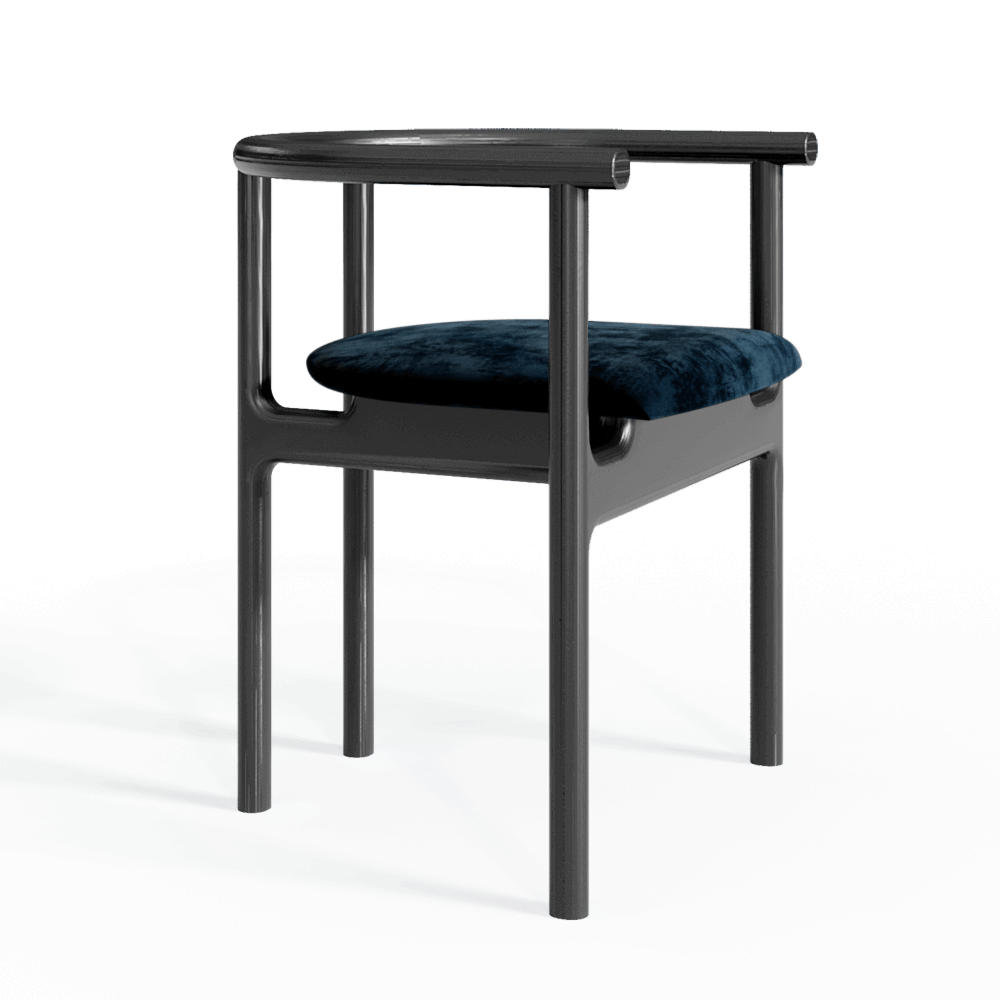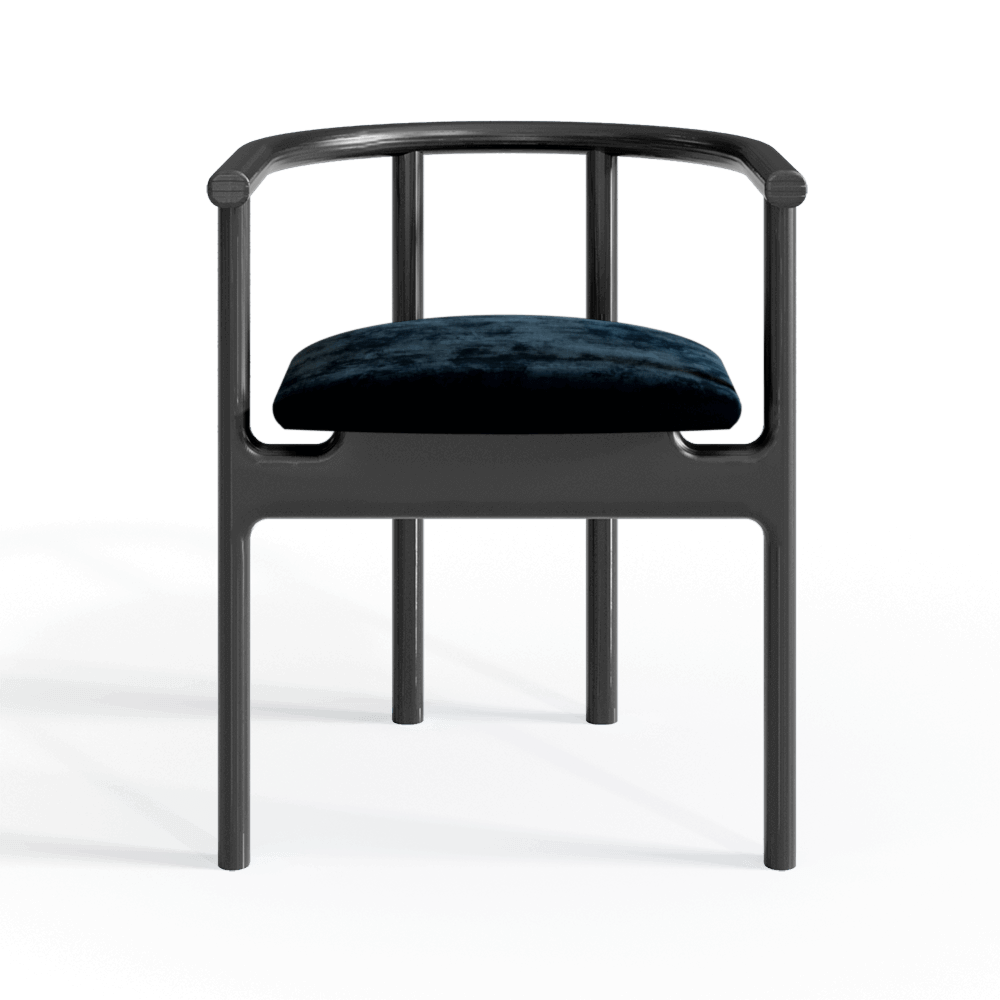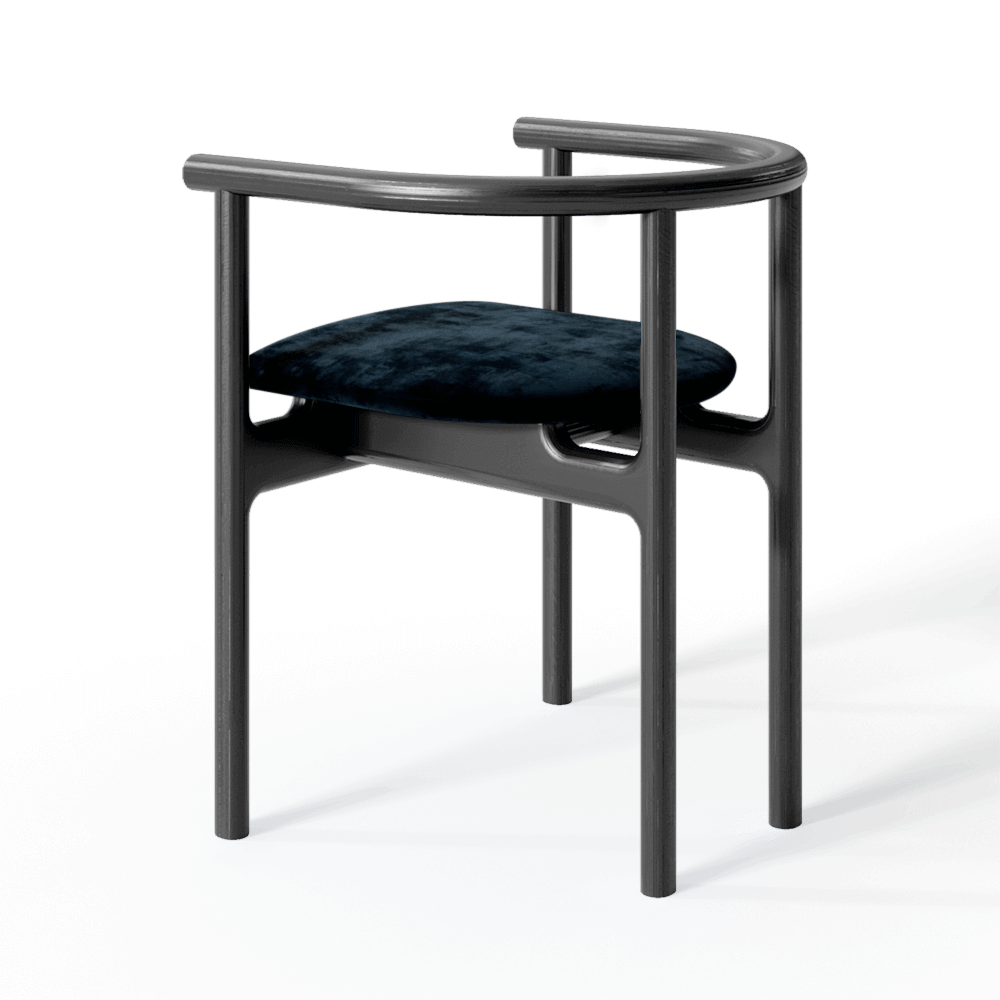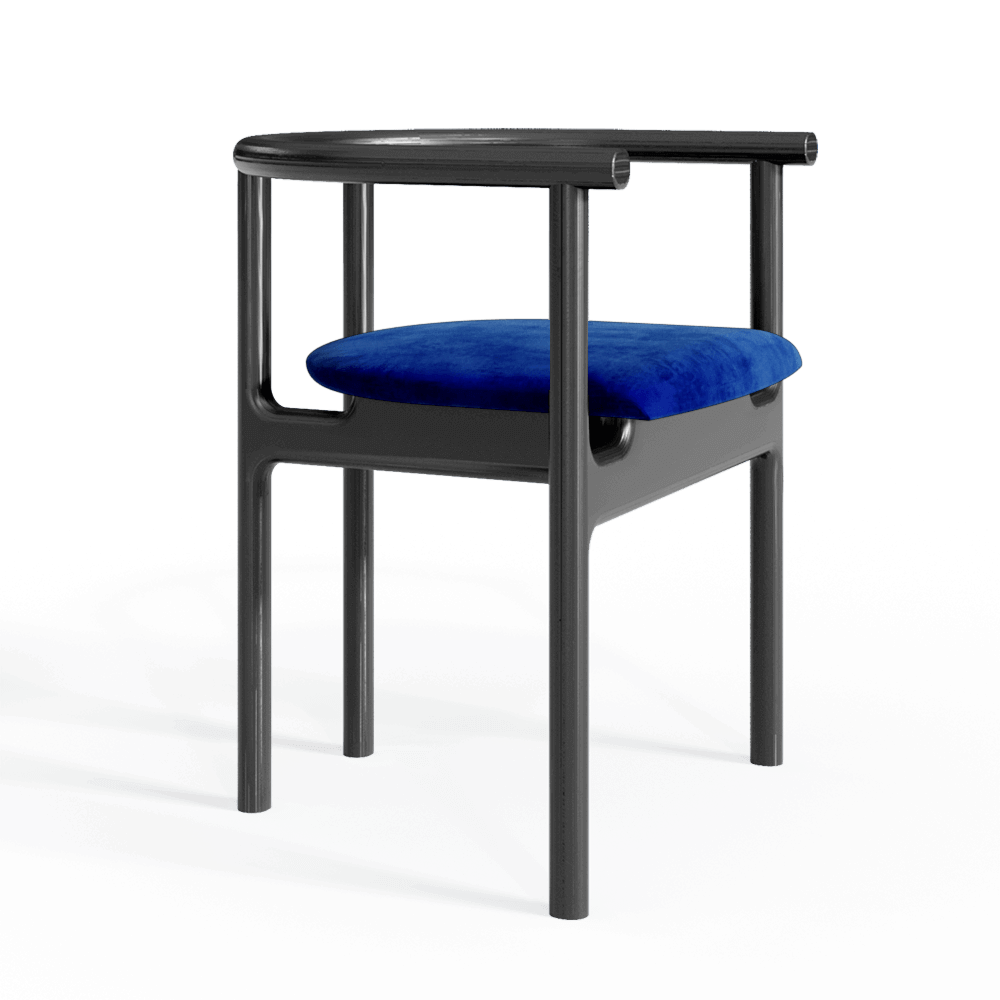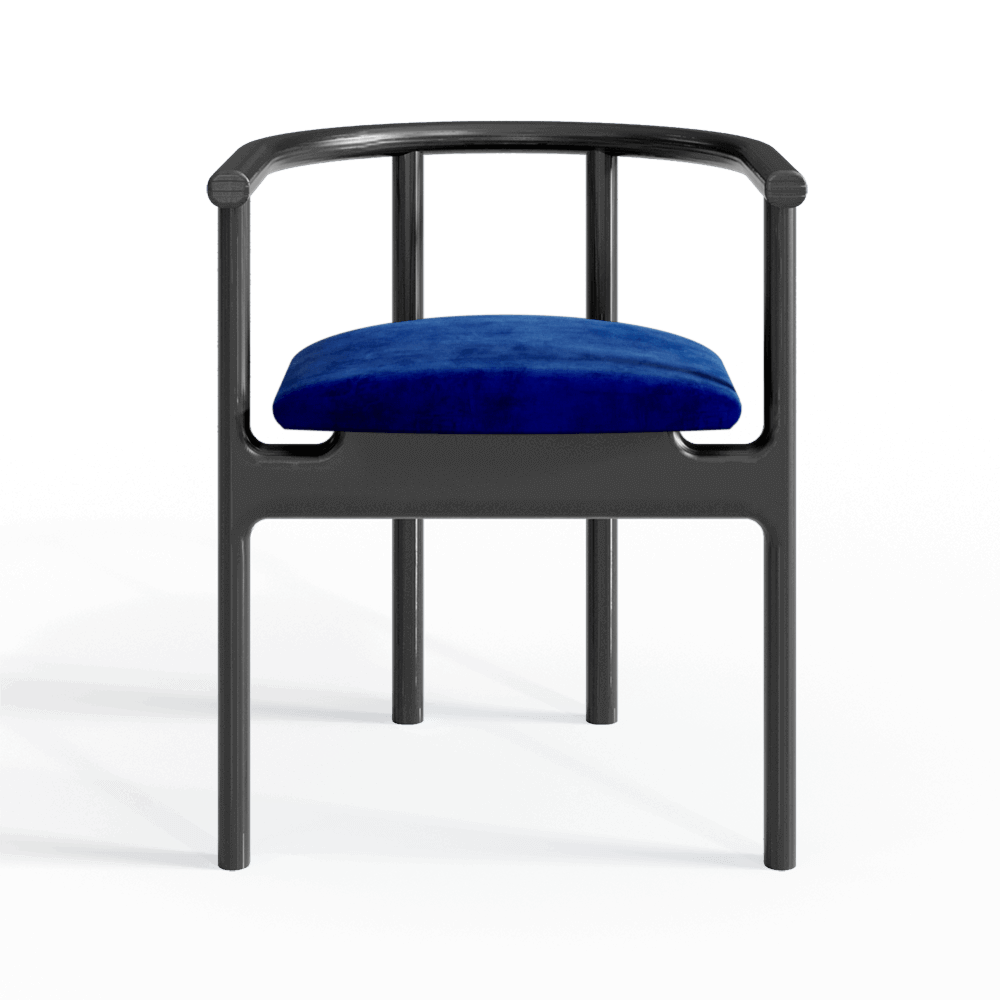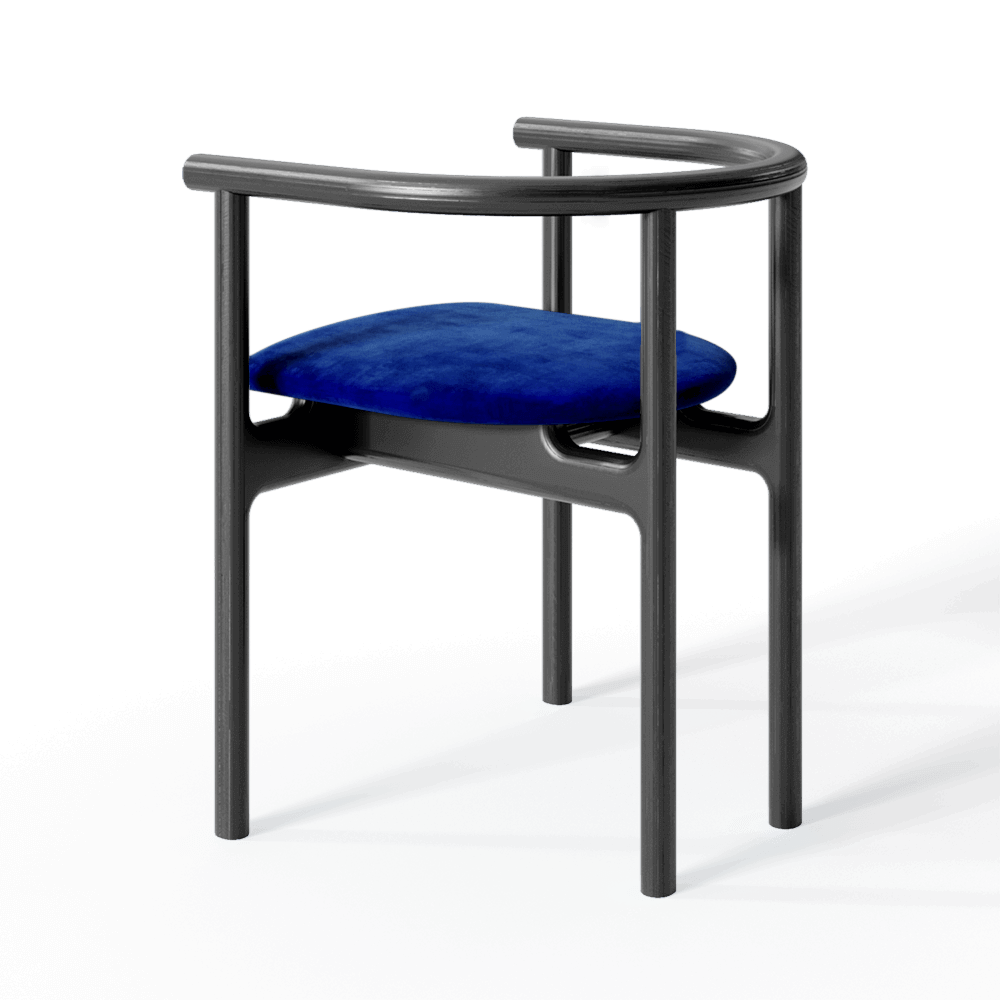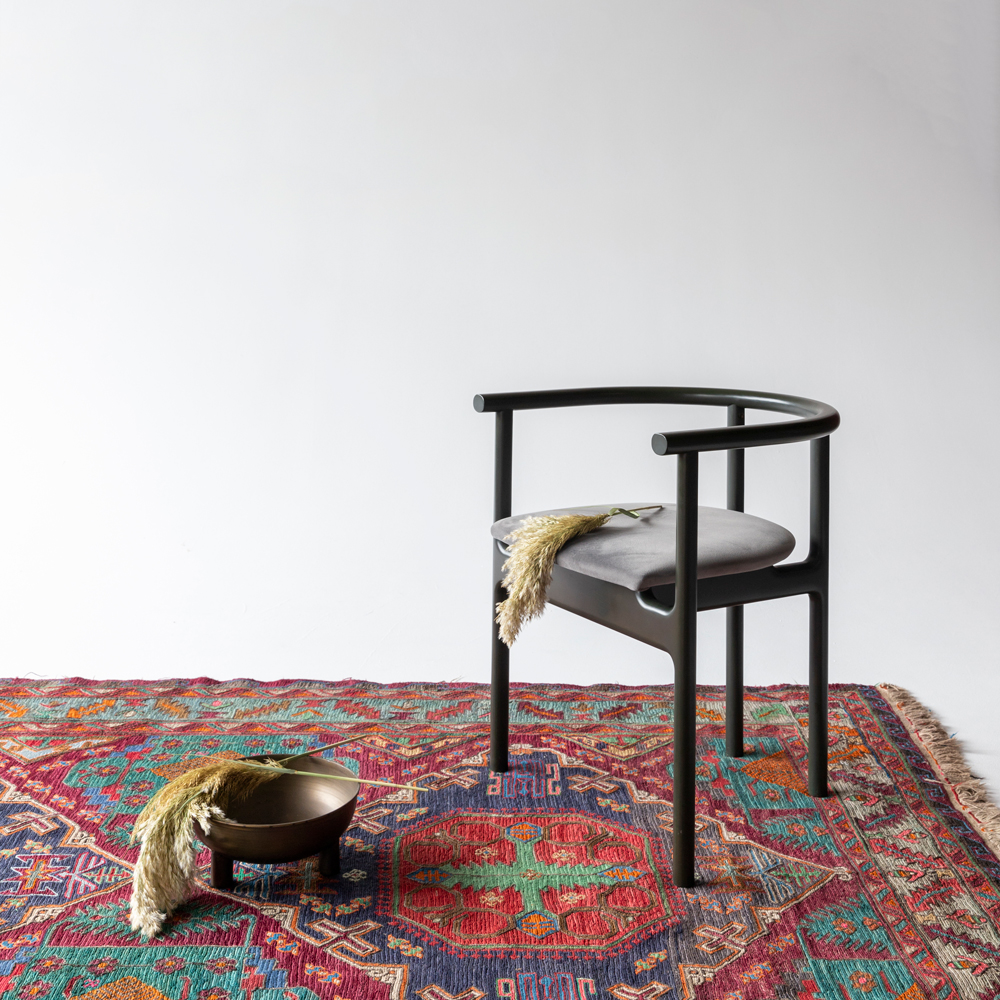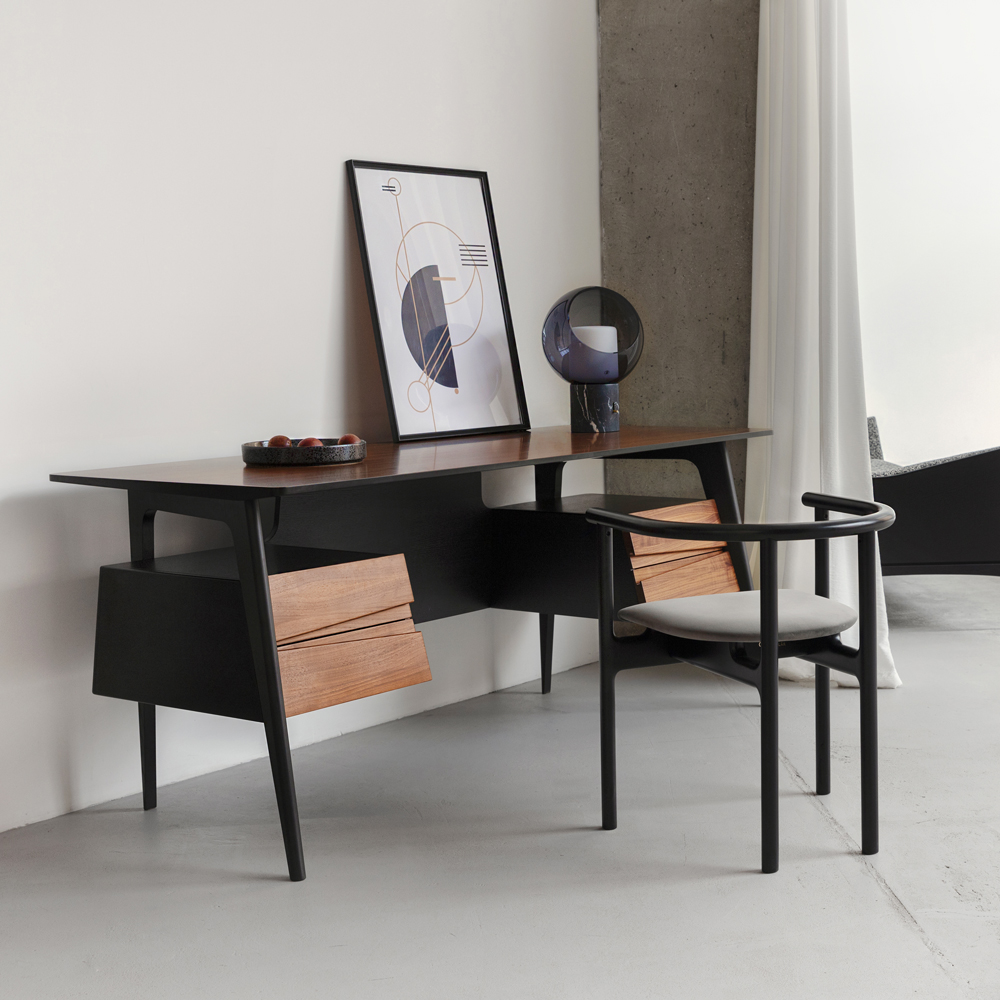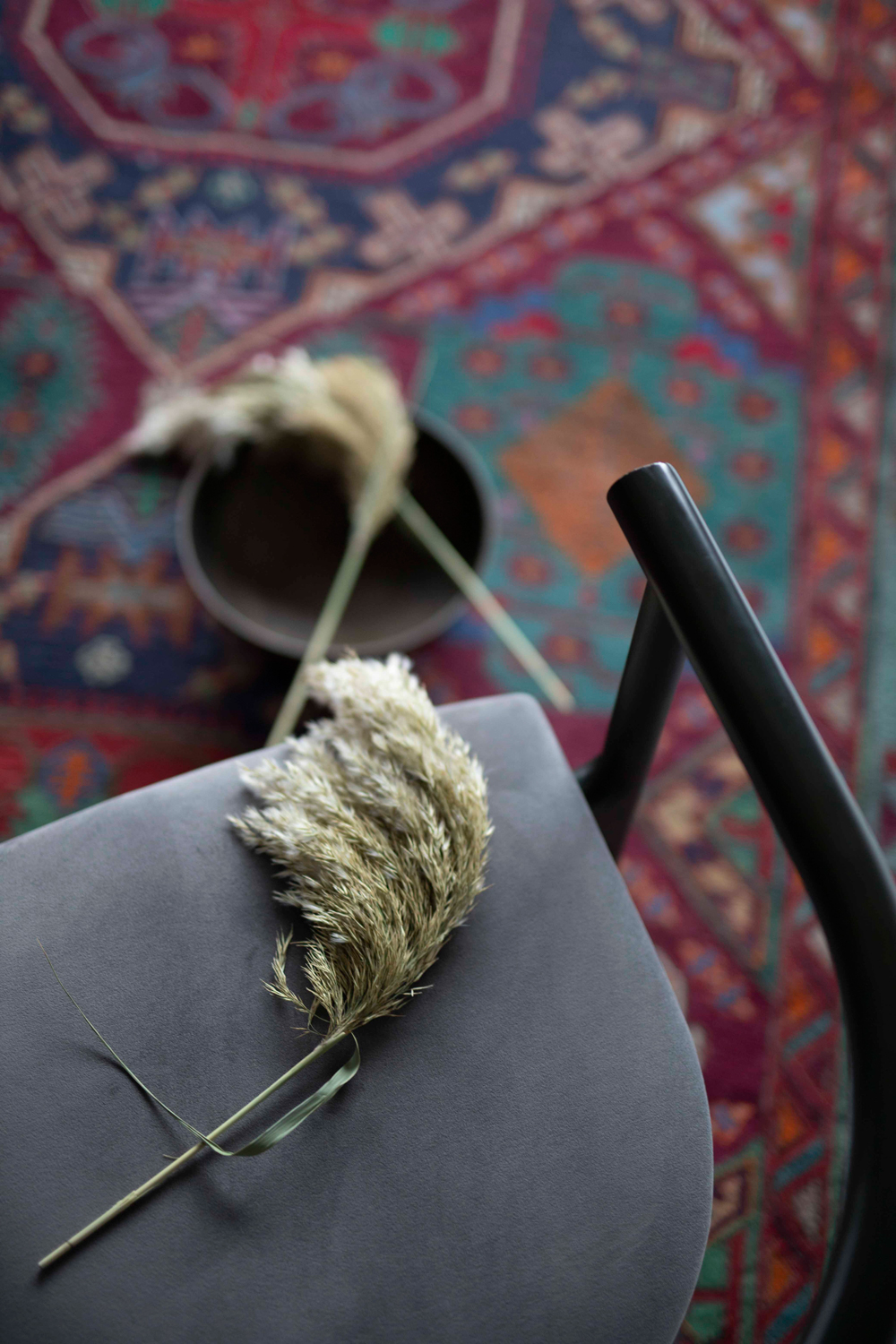Chair Inge Soft
The minimalistic design allows ideally to place the half- Inge chair in stylistically different interiors, and thanks to the universal upright seating position, Inge can be used in dining or work areas. The half-chair can be made both with a hard seat and with a soft one. Additionally, for greater comfort, you can add a soft textile back to it. In addition, the Inge frame is designed with girders that help you to move the item comfortably.
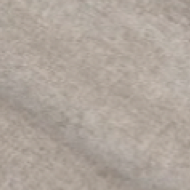
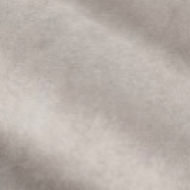
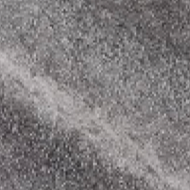
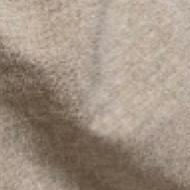
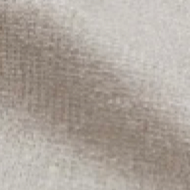
Contact our sales team for more details
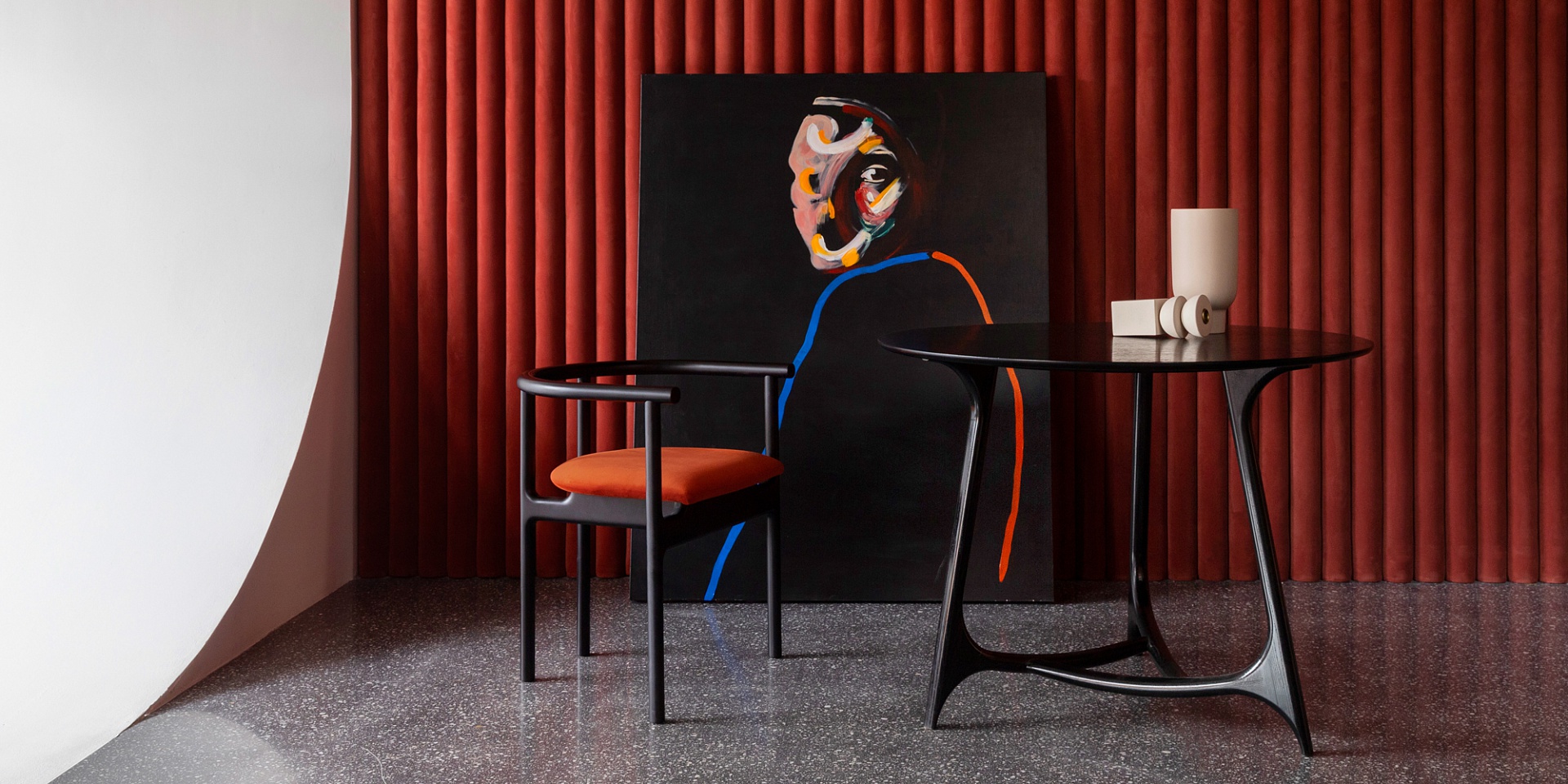
The name of the item comes from the Danish name Ingeborge, which translates as “helper”. The Danish servants’ hat served as a prototype for the semicircular silhouette of the armrests.
This connection can also be seen in the purpose of the object: Inge takes on the role of an assistant for solving various esthetic and functional tasks in the interior thanks to its optionality. The item can be equipped with both a soft seat and a pillow.
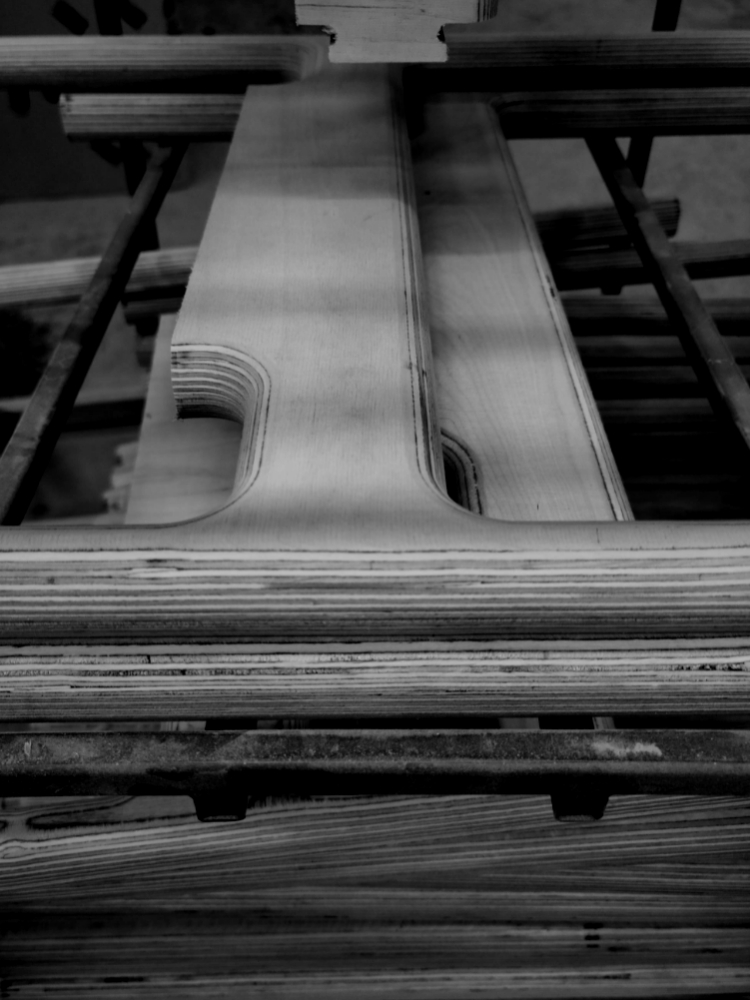
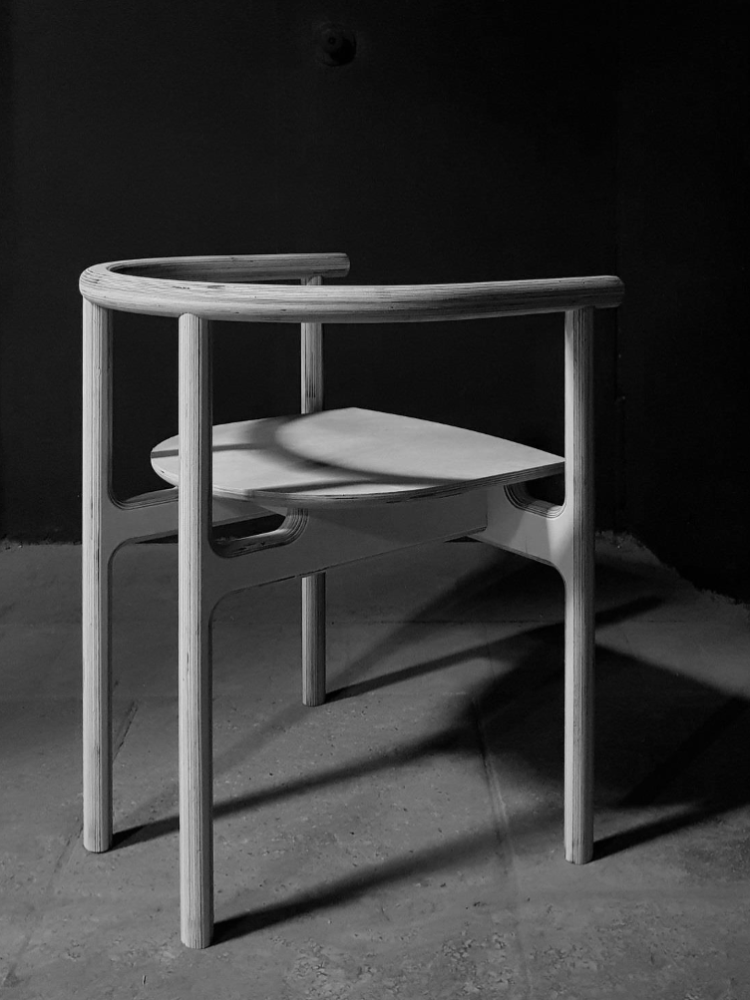
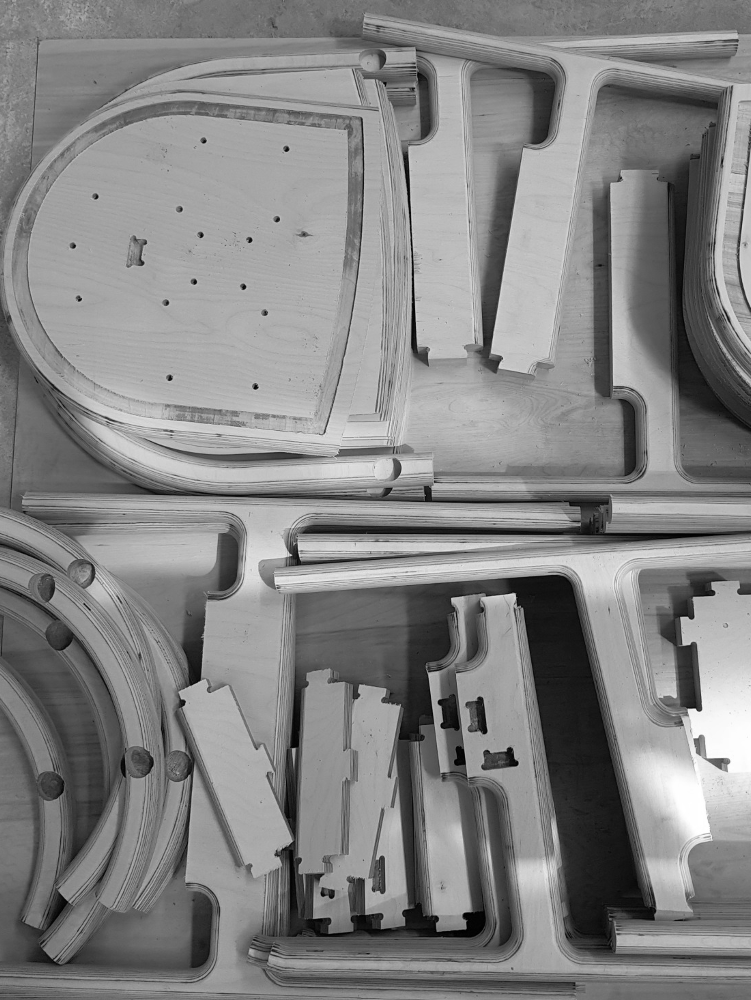
This is one of the first models that was developed by Unika Møblar. We decided to create a chair with armrests that would meet our requirements for aesthetic properties and a sufficient degree of comfort.
It had to be equally suitable both for use in the HoReCa segment and for the home. Multifunctionality became the starting point during the item creation. Nordic austerity, asceticism and multitasking led us to the image of a Danish helper hat. That is how the name and silhouette of the armrests flowing into the back appeared. Thus, the first draft model was born.
During its first production, we wanted to make the image as light as possible, while maintaining sufficient comfort and versatility for people of different constitution. This task led us to enhance the effect of air by designing a seat visually torn off from supports and lintels.
The game of proportions ratios: mass and line, a sense of solidity and the flow of a massive side-bar into thin legs finally completed the image. During the development phase, we planned to reinforce the association with the classic Danish head-dress with a cushion and a ribbon that would be tied to the back supports.
Later, we gave up this technique due to its excessive decorative effect. However, echoes of this idea remained in the form of a narrower distance between the back supports, which added equability to the whole image and provided the necessary support for the removable cushion.







